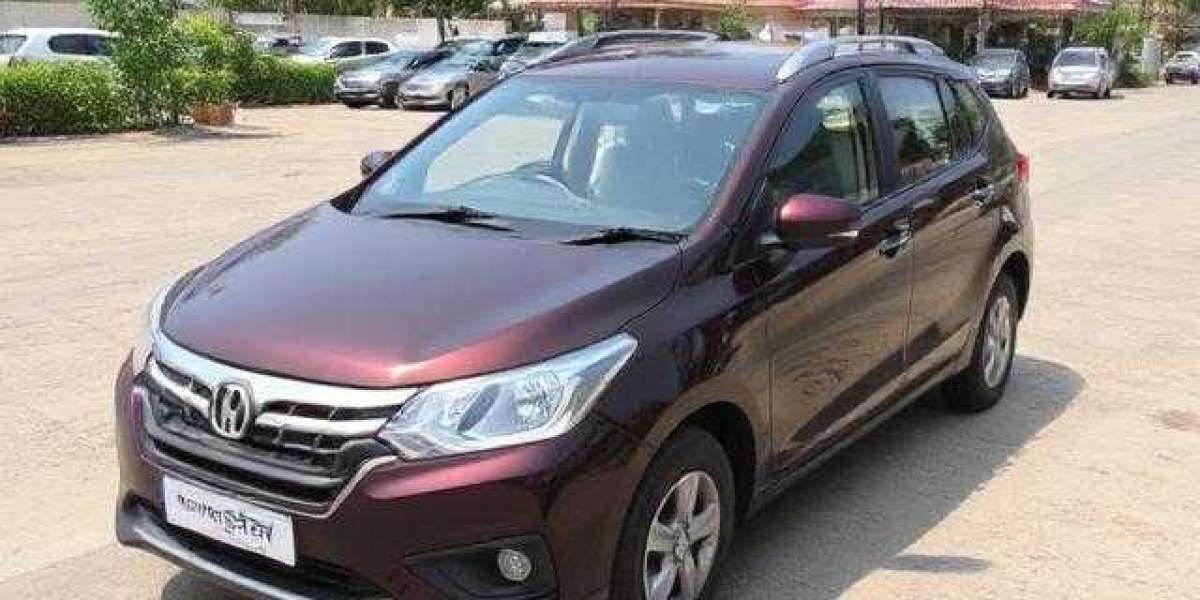In today’s fast-paced urban environments, road safety and traffic regulation have become top priorities for municipalities and transportation authorities. With increasing vehicle numbers and higher traffic violations, technologies such as red light traffic cameras and automatic license plate recognition (ALPR) have emerged as essential tools. These systems are designed to monitor, enforce, and enhance road safety while streamlining traffic law compliance.
Understanding Red Light Traffic Cameras and ALPR Systems
What Are Red Light Traffic Cameras?
Red light traffic cameras are surveillance systems installed at intersections to capture vehicles that run red lights. These cameras are triggered when a vehicle crosses the stop line after the traffic light has turned red. The system captures images or video evidence, which can then be used to issue citations to violators. These cameras not only deter reckless driving but also reduce intersection collisions and fatalities.
What Is Automatic License Plate Recognition (ALPR)?
Automatic license plate recognition is a high-tech system that uses cameras and artificial intelligence to read and recognize license plates in real time. The system captures license plate numbers, converts them into digital data, and cross-references them with law enforcement databases. ALPR systems are widely used for toll collection, stolen vehicle recovery, and now more commonly, as part of red light traffic camera systems to identify violators accurately.
How Do These Technologies Work Together?
When integrated, red light traffic cameras and automatic license plate recognition systems form a robust enforcement mechanism. Here's how they complement each other:
- Detection: The red light camera detects the violation.
- Identification: ALPR reads the license plate.
- Verification: The data is reviewed and validated.
- Notification: A citation is issued to the registered owner.
This synergy not only ensures the violator is correctly identified but also minimizes false accusations and improves the accuracy of enforcement actions.
The Benefits of Integrating Red Light Cameras with ALPR
Enhanced Public Safety
One of the key advantages of combining these technologies is improved road safety. Studies have shown that intersections equipped with red light traffic cameras experience significantly fewer crashes. When drivers know their behavior is being monitored, they are less likely to take risks.
Efficient Law Enforcement
Manual enforcement of traffic violations is both time-consuming and resource-intensive. With automatic license plate recognition, authorities can identify offenders instantly and with precision. This reduces the workload for law enforcement officers and allows for more effective allocation of manpower.
Data Collection for Smarter Traffic Management
Both systems contribute valuable data on traffic flow, peak hour usage, and common violation trends. Transportation departments can use this information to redesign intersections, optimize signal timing, and prioritize high-risk areas for additional enforcement.
Conclusion
The integration of red light traffic cameras with automatic license plate recognition technology marks a significant leap in intelligent traffic enforcement. Not only do these tools help curb violations and reduce accidents, but they also streamline processes for law enforcement and transportation agencies. As urban centers continue to grow, these technologies will play an increasingly important role in shaping the future of safe and efficient roadways.
FAQs
Q1: Are red light traffic cameras legal?
A: Yes, they are legal in many jurisdictions and operate under strict privacy and evidentiary regulations.
Q2: Can automatic license plate recognition track every vehicle?
A: ALPR systems can capture a high volume of license plates, but tracking is subject to jurisdictional laws and privacy guidelines.
Q3: What happens if I receive a citation from a red light camera?
A: The citation typically includes photographic or video evidence. You may pay the fine or dispute the citation in court, depending on local laws.
Q4: Do these systems work in all weather conditions?
A: Modern red light cameras and ALPR systems are equipped to function in various lighting and weather conditions, ensuring consistent operation.
Q5: How do cities decide where to place red light cameras?
A: Placement is typically based on traffic data, accident reports, and known high-risk intersections.


